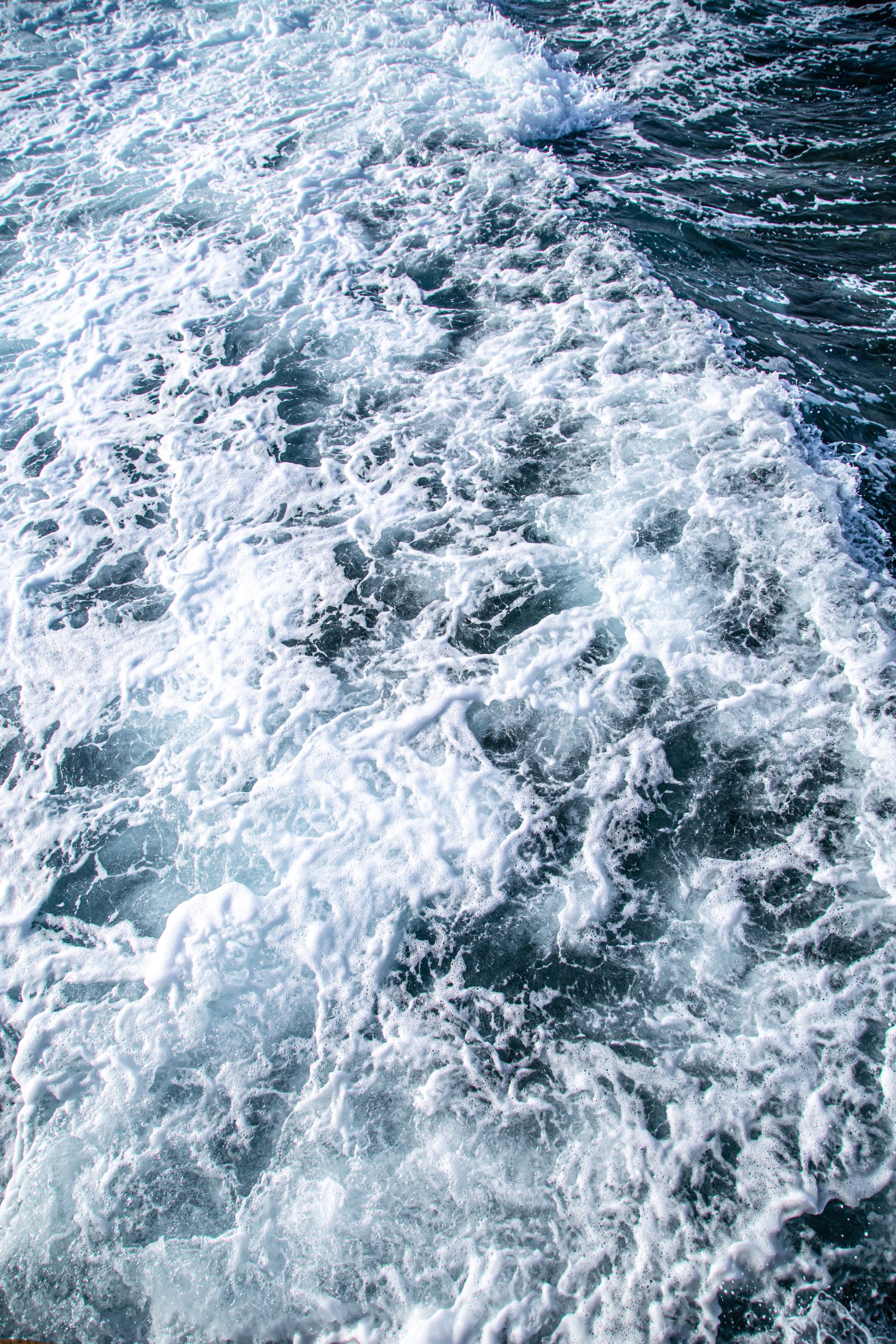Marine litter is increasingly recognised as a serious human threat to the ocean. Identifying the main sources of this litter, which is dominated by plastic, is therefore key to reducing how much of it enters our seas in the future. Existing research suggests that a significant amount of the litter on the seabed comes from fishing activities, so understanding the dynamics of this relationship will be important to efforts to implement Ecosystem Based Fisheries Management (EBFM).
Carried out as part of our Ecological Effects of Fishing work theme, we analysed data from fishing hauls to determine the amount of litter on the seafloor, estimate changes over time and identify marine litter hotspots across the SEAwise Case Study regions. We also analysed the categories of litter found to help build a picture of how much litter is being contributed by fisheries and where this ends up. This knowledge could be used to inform policy targets and initiatives aimed at addressing marine litter across Europe, thus alleviating the negative impacts that marine litter can have on ecosystems and fish stocks.

As part of the analysis we used standard categories like plastic and metal, and additional subcategories of litter including Single Use Plastic (SUP) and fishing-related litter. We also looked at litter which was of a size that could be eaten by fish (“ingestible litter”) or else posed a risk of entanglement, to determine threats to marine wildlife and human welfare. Data from trawl surveys was used with models to produce figures for the number and mass of litter items per square kilometre, rates of litter increase over time, and spatial distribution. Fishing-related litter was of key interest to the researchers, given the relevance of this source of litter for EBFM.
Headline findings were that:
Taking the Case Study regions as a whole, there was some overlap between where fishing-related litter was concentrated and where fisheries were active. But in a few cases, high fishing effort did not appear to lead to high levels of fishing-related litter in the same area. This could be due to ocean currents transporting the litter, so that it accumulated or sank away from its source area. Regardless, the research indicates that increases in fishing effort will lead to increases in the annual load of fishing-related litter in European seas.
The results of this research are expected to be included in SEAwise’s upcoming toolbox for EBFM. The opportunity has also been identified for further research to better understand the relationships between fishing effort and marine litter.
Find the full report here.
Stay up to date with SEAwise news and research, hear about upcoming events, and receive updates on fisheries news from across the European seascape.